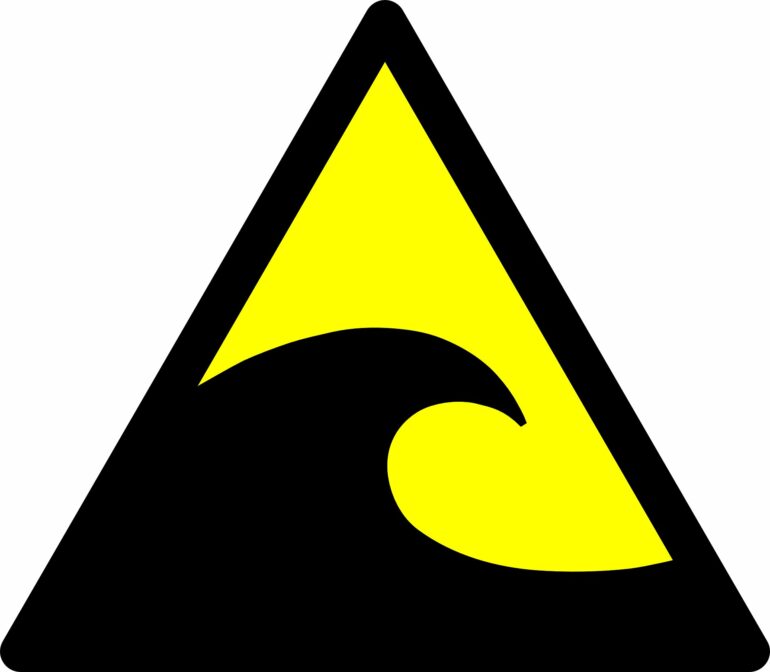An early warning system that quickly classifies submarine earthquakes and determines the risk of tsunami events has been developed by scientists at Cardiff University.
The team, from the University’s School of Mathematics, combined state-of-the-art acoustic technology with artificial intelligence (AI) to monitor tectonic activity in real-time.
Their work, published today in Physics of Fluids, used sound recordings captured by underwater microphones, called hydrophones, to measure the acoustic radiation produced by 200 earthquakes that happened in the Pacific and Indian Ocean.
Dr. Usama Kadri, a Senior Lecturer in Applied Mathematics at Cardiff University and the study’s co-author, said, “Tsunamis can be highly destructive events causing huge loss of life and devastating coastal areas, resulting in significant social and economic impacts as whole infrastructures are wiped out.
“Our study demonstrates how to obtain fast and reliable information about the size and scale of tsunamis by monitoring acoustic-gravity waves, which travel through the water much faster than tsunami waves enabling more time for evacuation of locations before landfall.”
Acoustic-gravity waves are naturally occurring sound waves that move through the deep ocean at the speed of sound and can travel thousands of kilometers in the water.
Dr. Kadri added, “This acoustic radiation also carries information about the originating source of the tectonic event and its pressure field can be recorded at distant locations, even thousands of kilometers away from the source.
“This is important because not all underwater earthquakes cause tsunamis.”
Current warning systems rely on waves reaching sea buoys before tsunami warnings are triggered, leaving little time for evacuation.
Sea buoys are used together with seismic sensors to measure the underwater earthquake, but the technology is not always accurate in predicting the danger posed by resulting tsunamis.
Designed to be used alongside existing warning systems, the team use a computational model to triangulate the source of the tectonic event using hydrophone recordings.
Algorithms then classify the earthquake’s slip type and magnitude before earthquake properties like length and width, uplift speed, and duration are calculated to reveal the size of the tsunami.
Co-author Dr. Bernabe Gomez Perez, who undertook the research while at Cardiff and is now at the University of California in Los Angeles, said, “Tectonic events with a strong vertical slip element are more likely to raise or lower the water column compared to horizontal slip elements.
“So, knowing the slip type at the early stages of the assessment can reduce false alarms and complement and enhance the reliability of the warning systems through independent cross-validation.”
The team’s work predicting tsunami risk is part of a long-running project to enhance natural hazard warning systems across the globe. Their latest development features in user-friendly software which is set to be hosted in national warning centers later this year.
More information:
Numerical validation of an effective slender fault source solution for past tsunami scenarios, Physics of Fluids (2023). DOI: 10.1063/5.0144360
Provided by
Cardiff University
Citation:
Using artificial intelligence to create a tsunami early warning system (2023, April 25)



